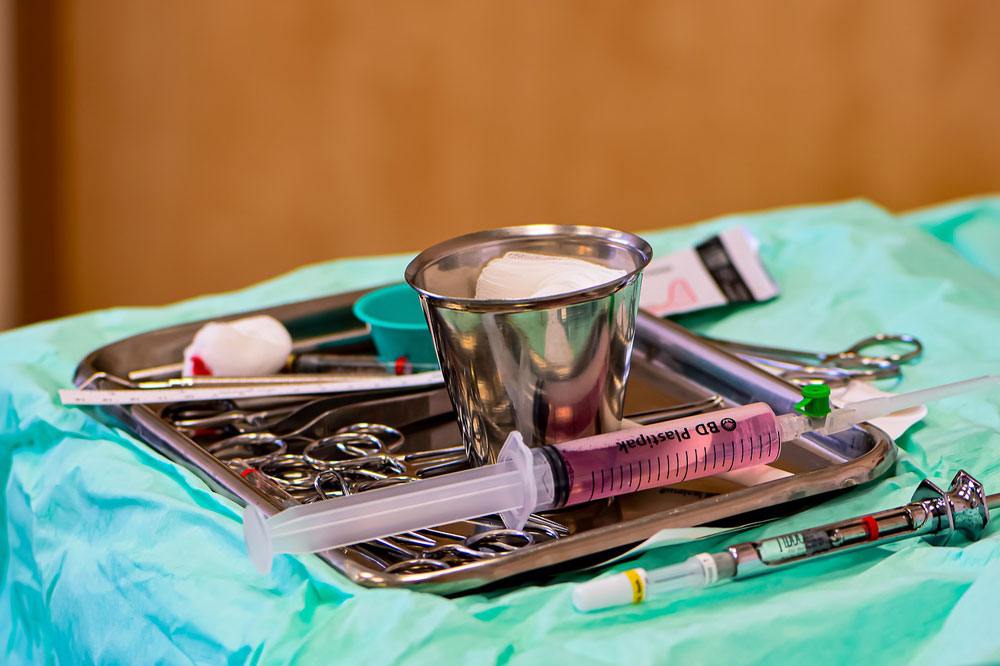There are particular forms of waste that are uniquely related to dentistry and these include forms of hazardous waste. These waste items, by-products and remnants can have serious implications for both those in close quarters (dental practitioners, patients, support staff and anyone incidental) alongside the wider environment. For example, wastes containing lead, dental biomedical waste, sterilising chemicals/disinfectants, and more.
So, what are some of the most hazardous types of dental waste (and some tips for dealing with them in the correct manner)? Note: this article is intended for an Australian audience.
What is considered hazardous waste in the dental office?
- Mercury amalgam – amalgam liquid mercury and metal alloy mixture used for fillings (including vapour) as well as removed/broken old fillings and any by-products or remnants thereof (scrap, sludge and particles). The correct protocol involved in the proper handling and disposal of mercury amalgam is both complex and essential for dental professionals who use these materials in practice. Refer to the Australian Dental Association (ADA) official guidelines for dental amalgam waste disposal and best management practices.
- Silver – Although dentists typically use only a small amount of silver (in the form of halides) in processing, eg. in taking dental radiographs using radiographic fixer, silver nonetheless requires proper handling and management processes. X-ray recycling is possible, but DON’T put your x-rays in the recycling bin. Instead, you may like to use these types of services as nominated by Planet Ark— in order to have them safely extract halides and convert it into pure silver for reuse.
- Sharps – Sharps are used frequently in administering dental care. Whether needles, scalpel blades or some other sharp implement like scissors, there is obviously a hazard associated with these items which relate to both their propensity to cause injury and/or infection. Always use a sharps waste disposal solution from an authorised waste management company so your dental facility is provided with the correct waste containers and other products/ services.
The above list is a summary and is by no means comprehensive. Sometimes, you can be unaware of the correct protocol for dealing with the disposal of particular items that arise as forms of dental waste. To avoid compliance issues and risk to people and the environment, it is wise to always err of the side of caution.
Managing hazardous waste in dentistry the professional way
Don’t be tempted to throw that item you have your doubts about in the regular trash! Remember, you can always contact Ace Waste to find out the most appropriate disposal solution for all types of waste materials.
We can also potentially take care of the waste collection and disposal process for you, via our comprehensive waste services. Our friendly team is always here to help achieve the goal of best waste disposal practices for you and your clinic.
Are you wanting to find out more on how to properly manage and dispose of waste? Talk to the waste management experts at Ace Waste for the right guidance and comprehensive service today.



